Your cart is currently empty!
Category: Culture
Tea Ceremony – Icons of Japan
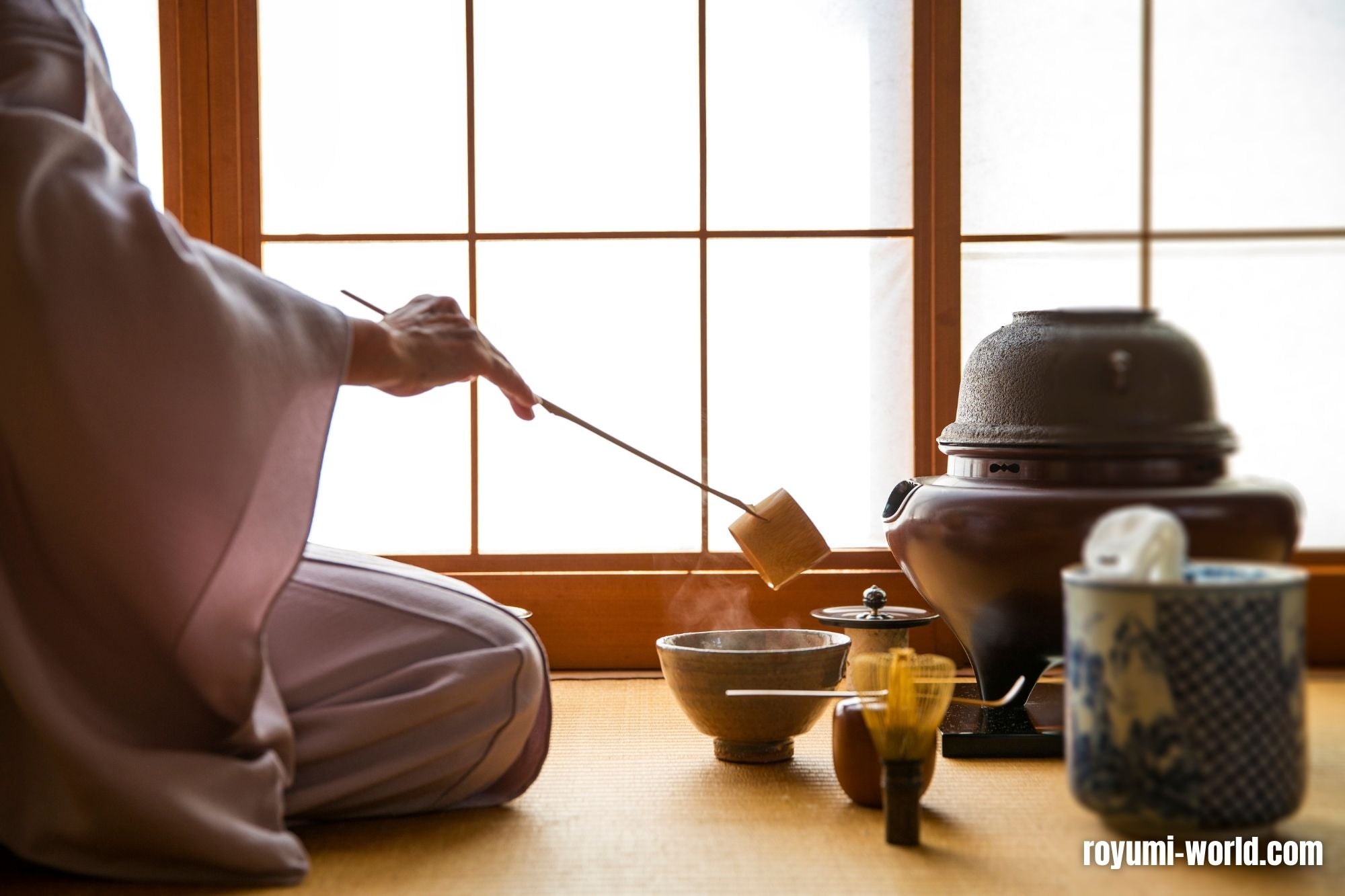
Also called Chanoyu 茶の湯 and Sado/Chado 茶道, the Japanese Tea Ceremony is the ceremonial art of preparing matcha 抹茶– powdered green tea. To offset its bitter taste, matcha is often enjoyed with wagashi 和菓子 which are traditional Japanese sweets. The Sado or Tea Ceremony takes place in the Cha-shitsu 茶室– literally tatami-floored tea rooms where… Read more
Steps to follow in a Tea Ceremony
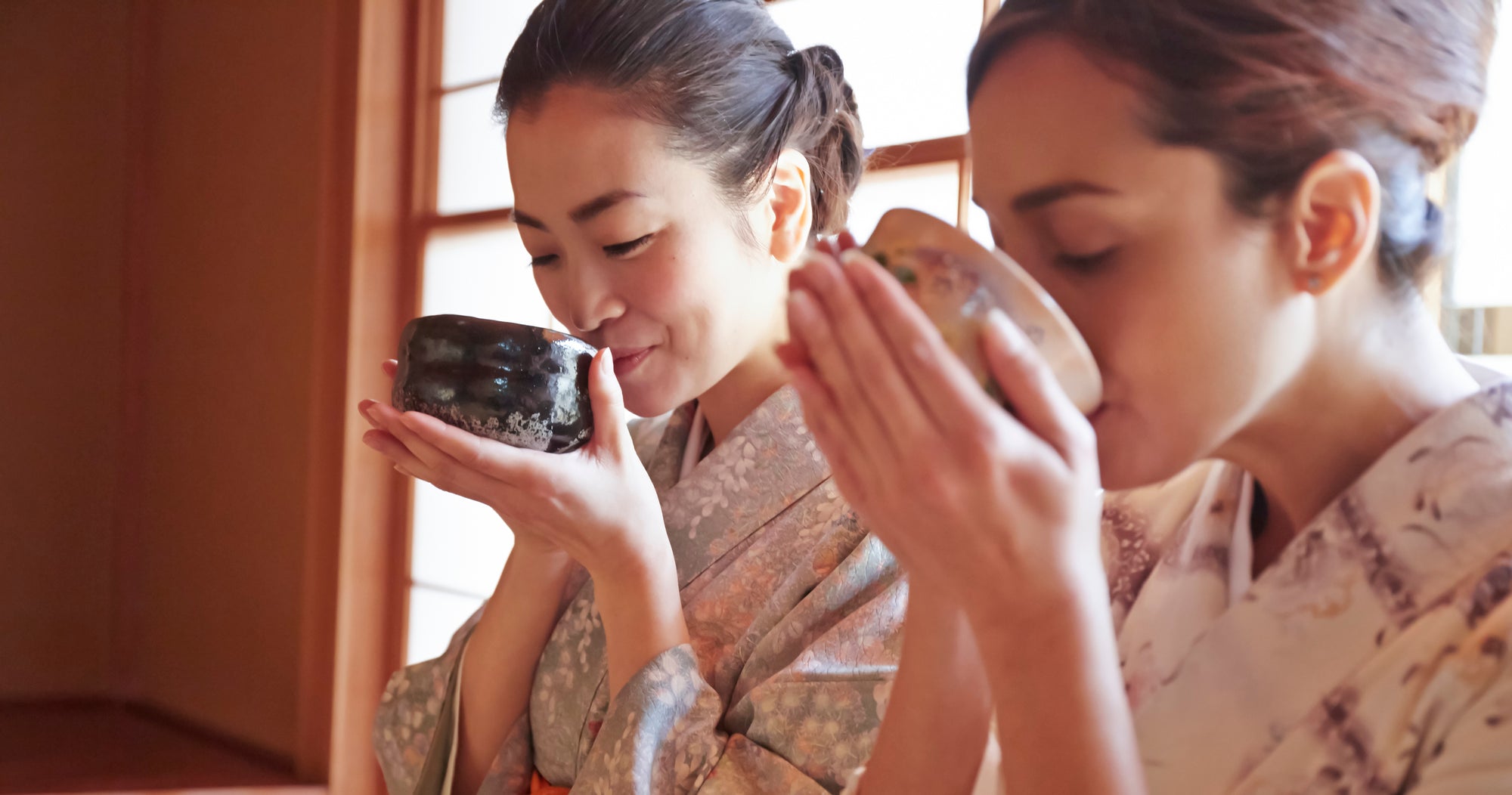
There are several steps to follow in a Japanese tea ceremony. Here we present a guide for you to get to know them and what you should do in each of them when you attend a tea ceremony. If you first want to know what the Japanese Tea Ceremony is, you can discover it in… Read more
Month Of June In Japan
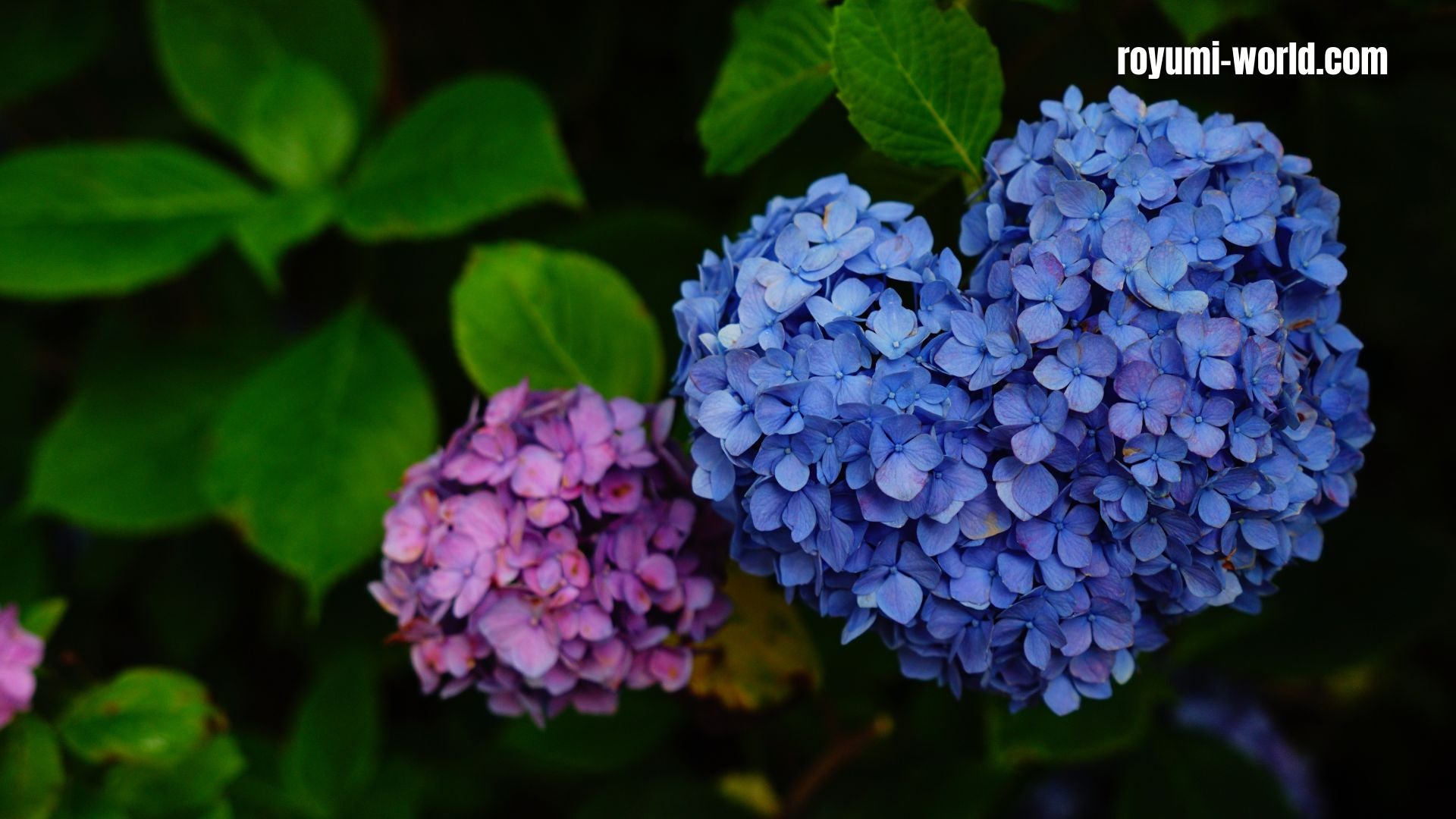
June is the beginning of summer in Japan, as well as the rainy season, which usually starts from mid-June (sometimes early in the month) to early July throughout the country. This month is traditionally known as ” minazuki ” or ” the month of water “. The temperature is moderate, but the humidity level is… Read more
Buddhism: Path of Enlightenment in Japanese Society
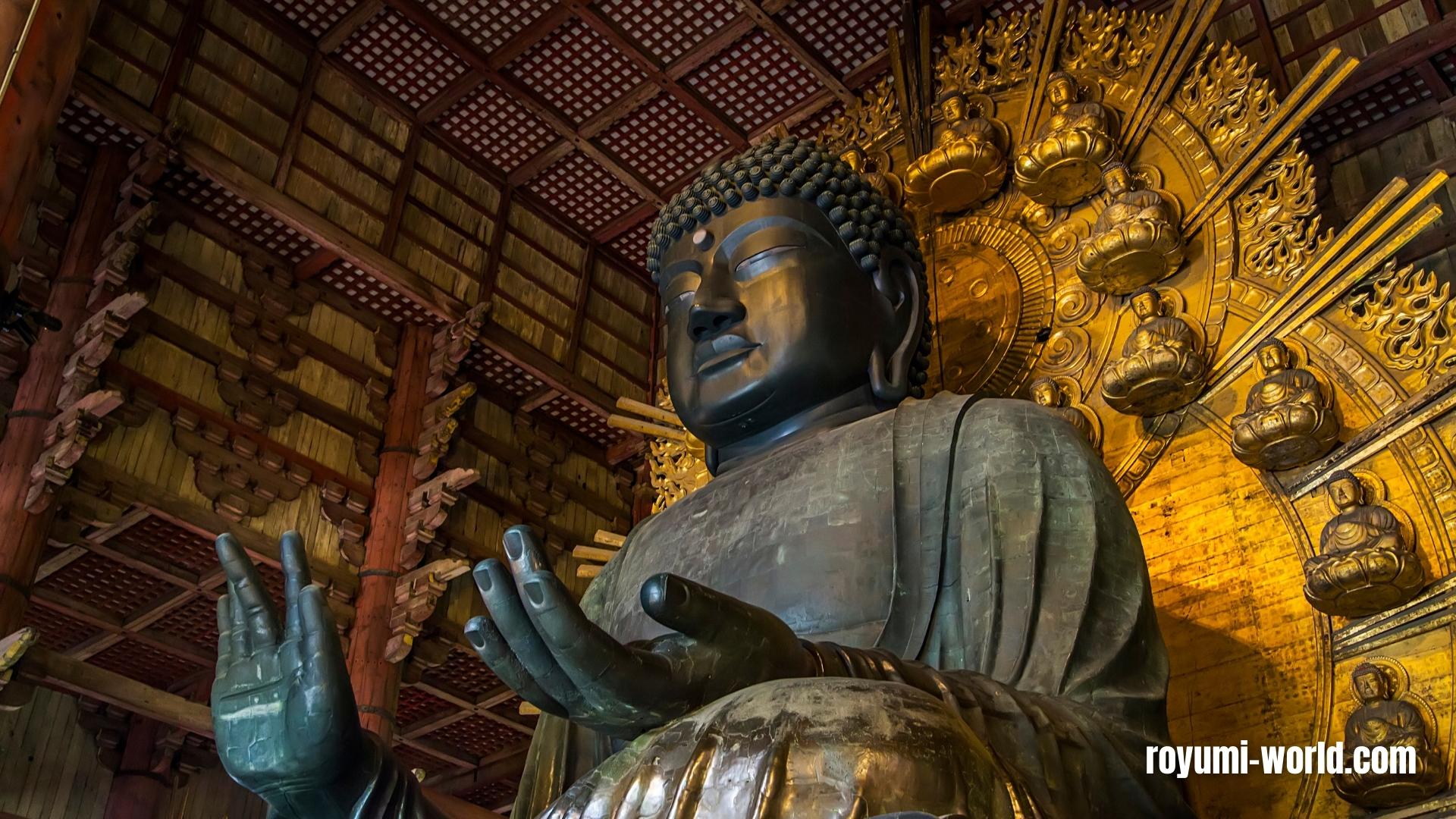
Buddhism is one of the major religions in Japan and the fourth largest practiced belief in the world . Buddhism has had a huge impact on Japanese society , bringing with it an incredible cultural influence that is evident to this day in Japan. Buddhism is the belief of relief from existential suffering caused by… Read more
Torii – Gates to the Sacred Grounds
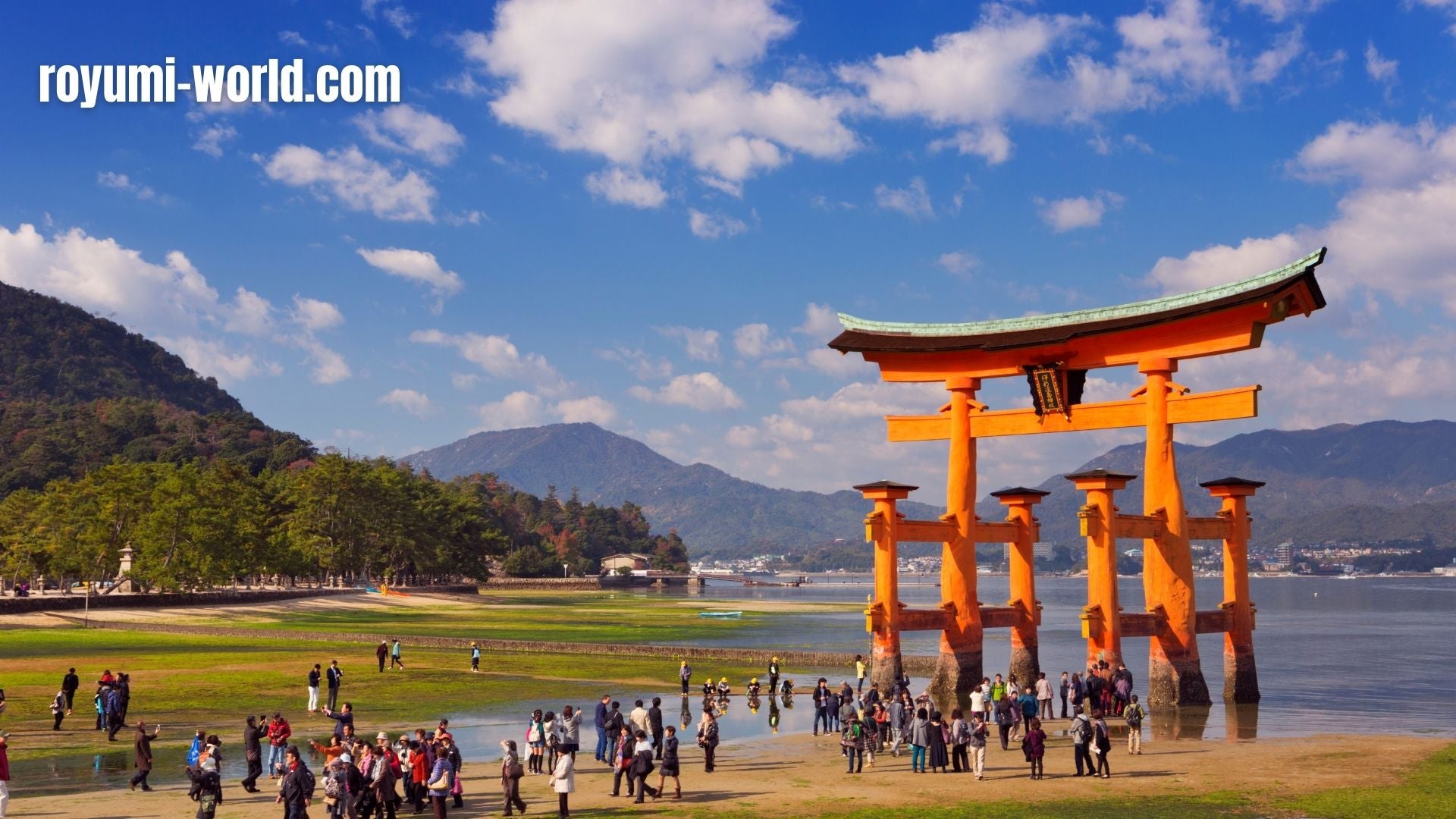
You have probably seen Torii in photos from Japan without knowing what they really are. Torii are the entrance gates to Shinto shrines . Not only do they impress us when we look at them, but they also have great significance for shrines as well as Tōrō and other elements of shrine and temple architecture… Read more
The Presence of the Cat in Japanese Culture
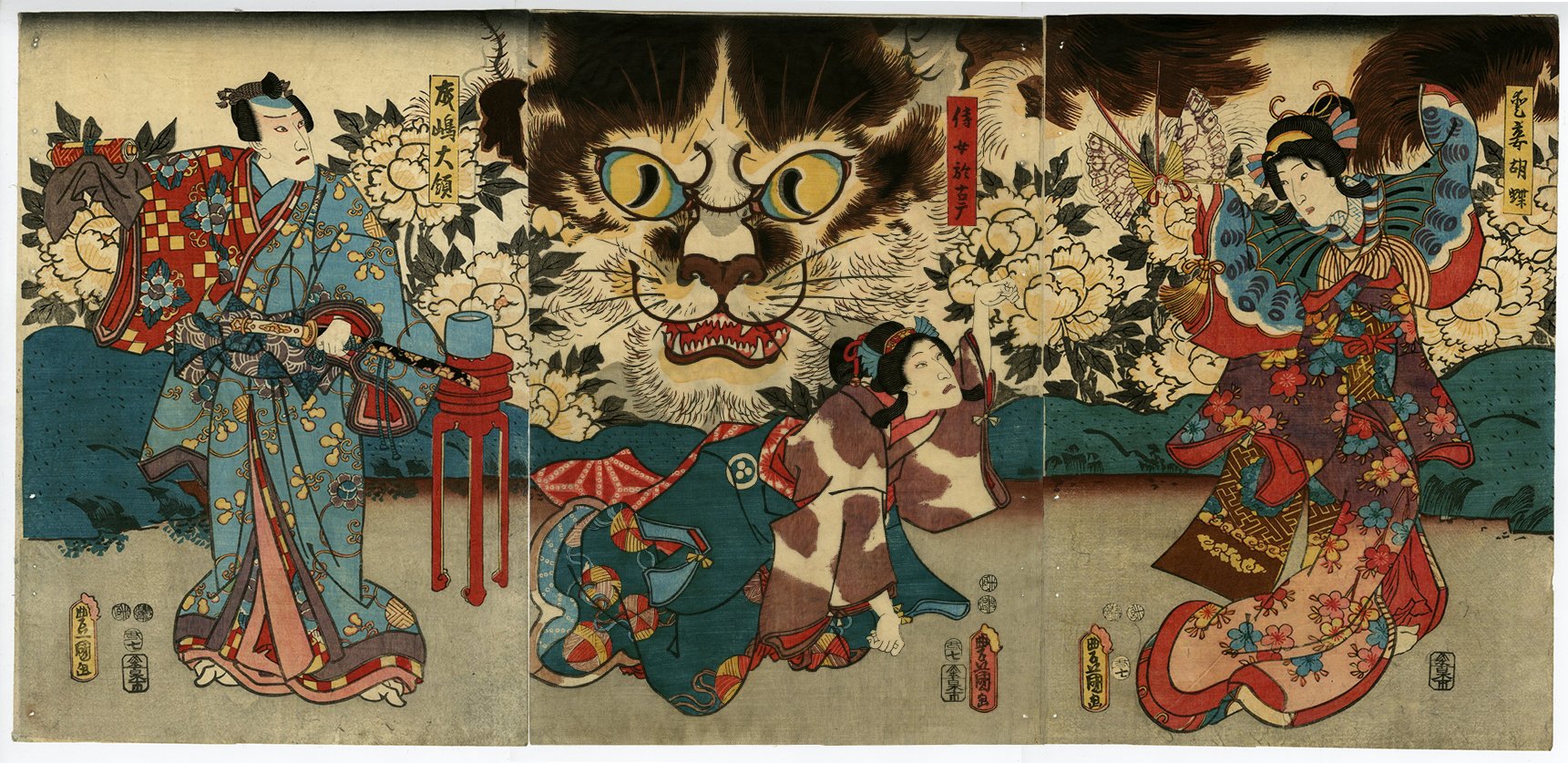
Take a quick look at anything related to Japanese pop culture and you’ll see that Japan loves cats: Hello Kitty, brown Neko, Electronic Cat Ears that respond to your emotional state, etc. But although on the one hand they love them, on the other they are afraid of them or sometimes even a certain disgust… Read more
Imperial Treasures – Symbols of Japan
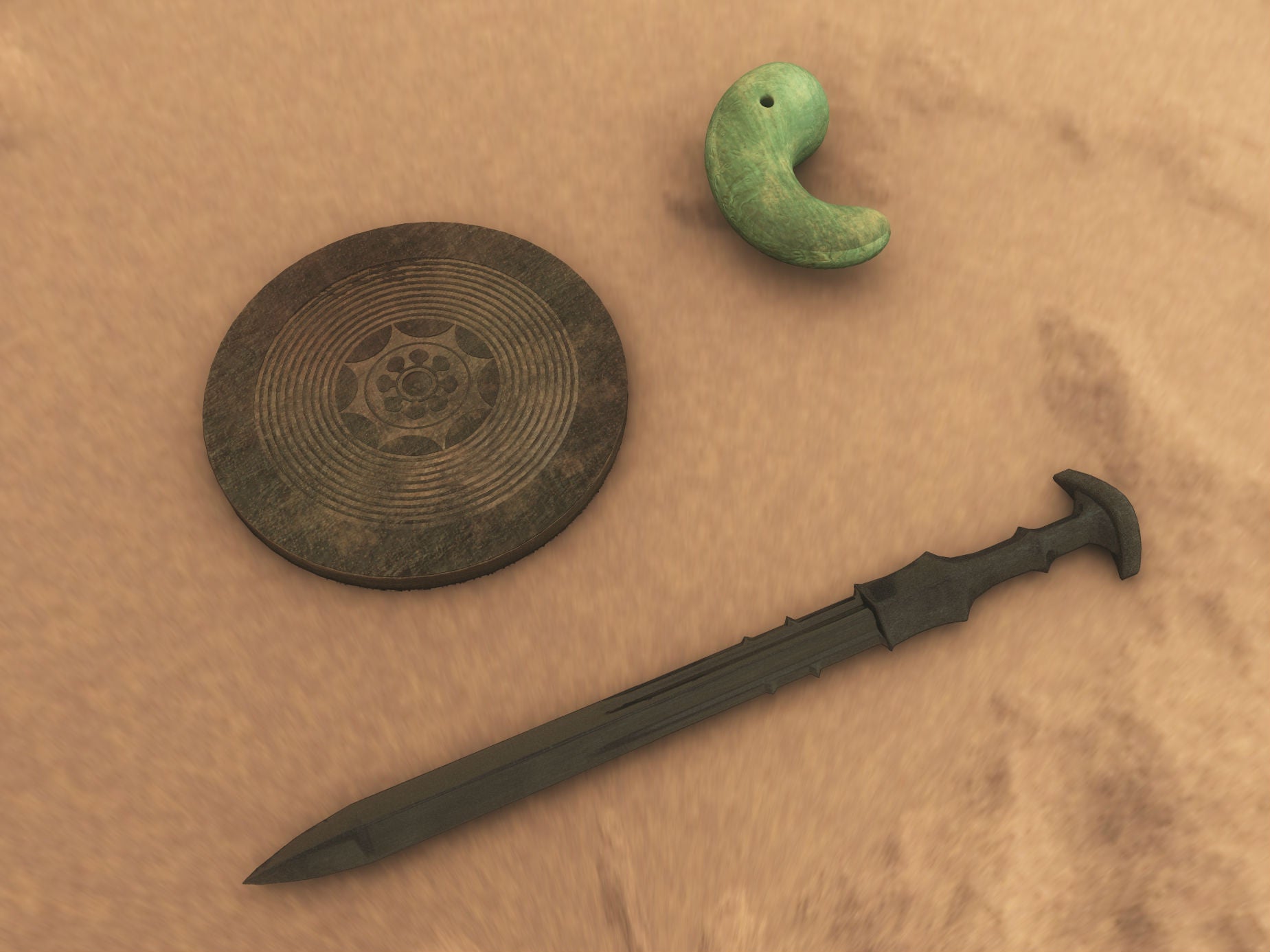
Known as the Sanshu no Jingi 三種の神器, the Imperial Treasures of Japan consist of a sword , Kusanagi no Tsurugi (草薙劍), a Yasakani no Magatama jewel (八尺瓊曲玉) and a Yata no Kagami mirror (八汰鏡) which represent the three main virtues of Japan connected to the Buddhist ideal: courage (the sword), wisdom (the mirror) and benevolence… Read more
Daibutsu – Large Statutes of Buddha in Japan
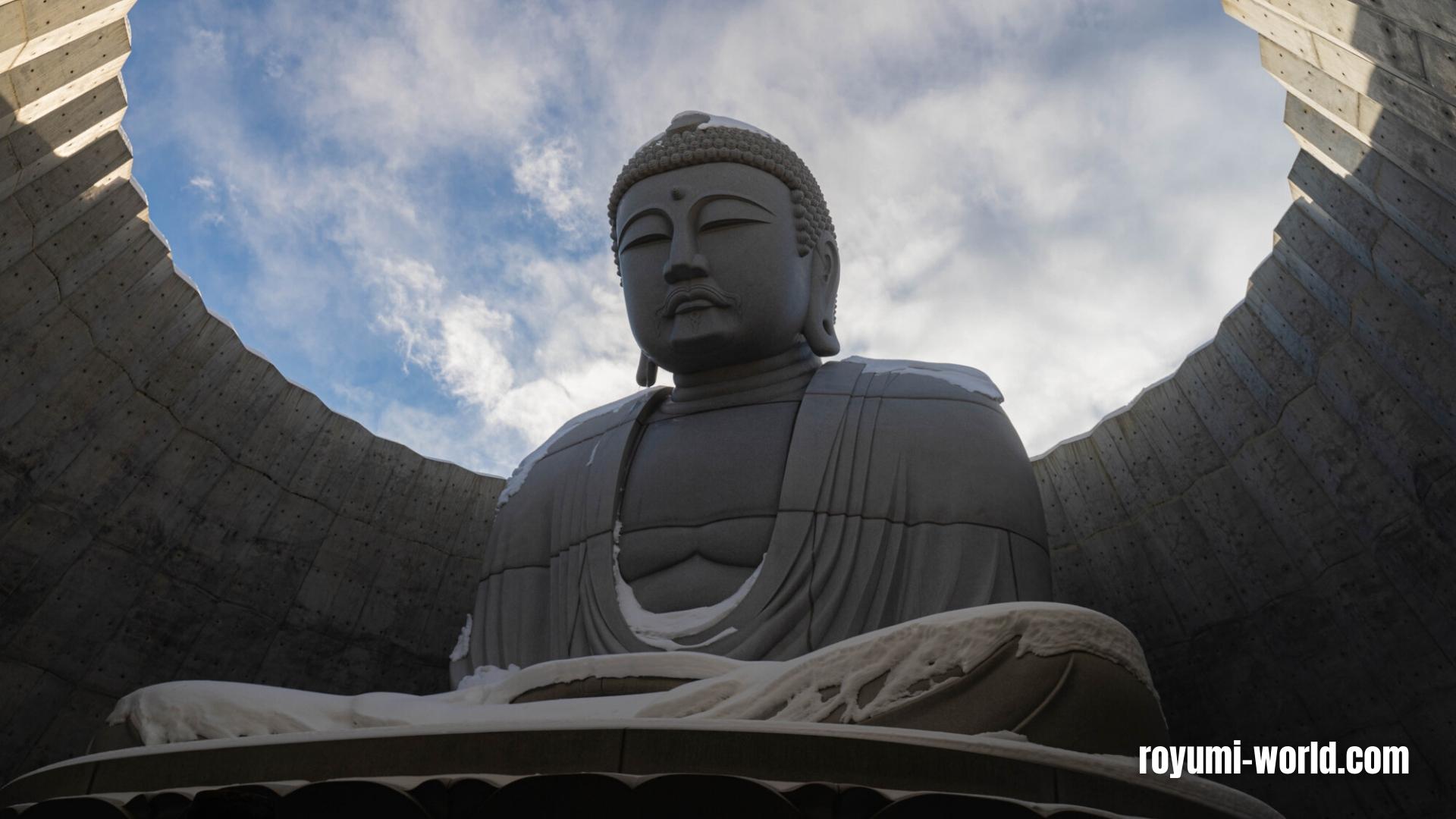
As you probably know, Japan has Shintoism as its indigenous religion and at one point in its history it was influenced by Buddhism that came from China around the 6th century. Currently you can find many temples in Japan where Buddhism and Shintoism coexist together and these are a tourist attraction that creates a lot… Read more
Who are the Miko in Japan?
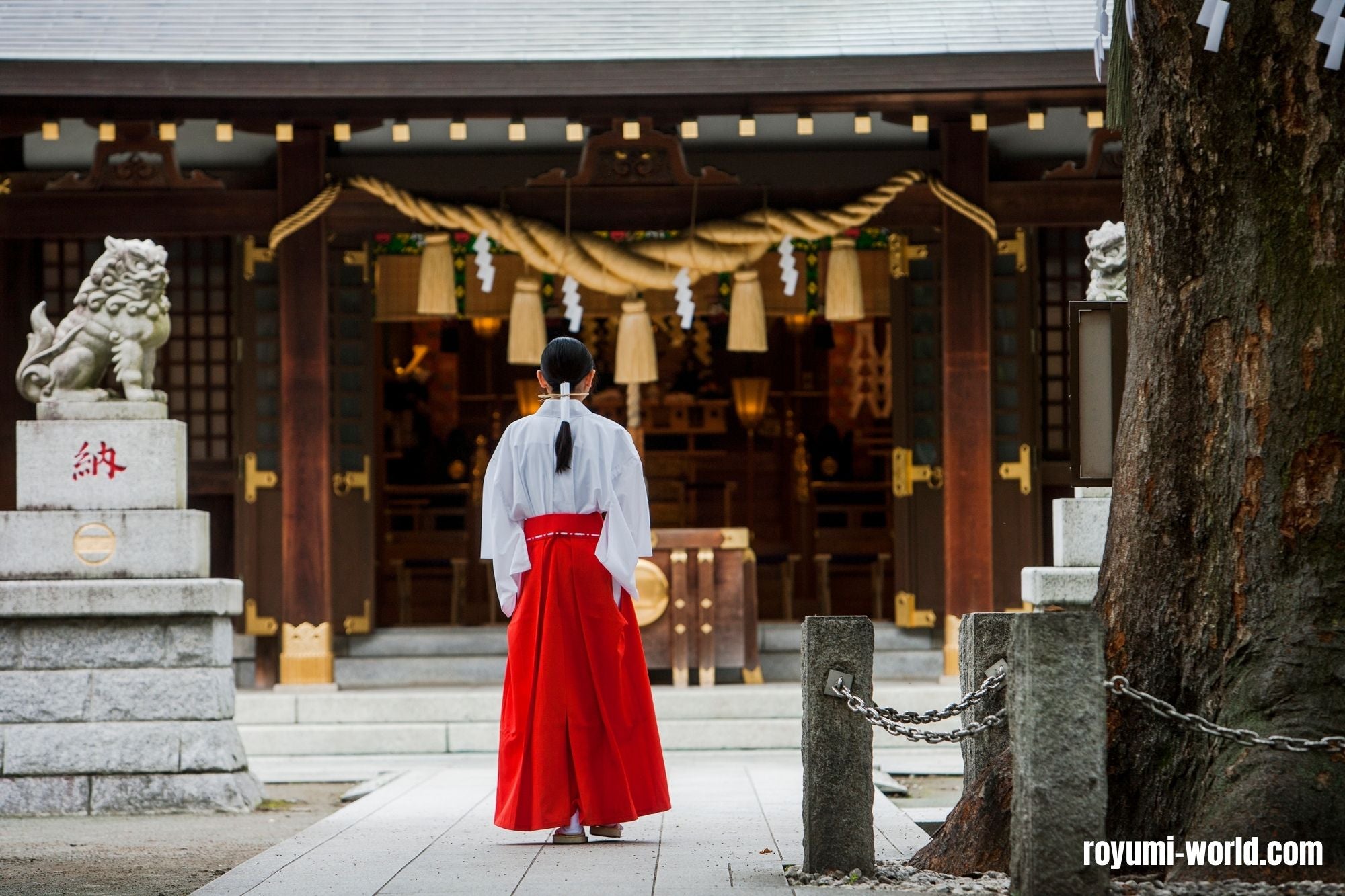
If you have visited any other temple or shrine during your visit to Japan, it is likely that you have come across a Miko巫女, young women dressed in red and white going from here to there in the vicinity of the place. Do you know its origin and function? For centuries, Miko have performed kagura… Read more
Utagawa Hiroshige, master of landscape prints
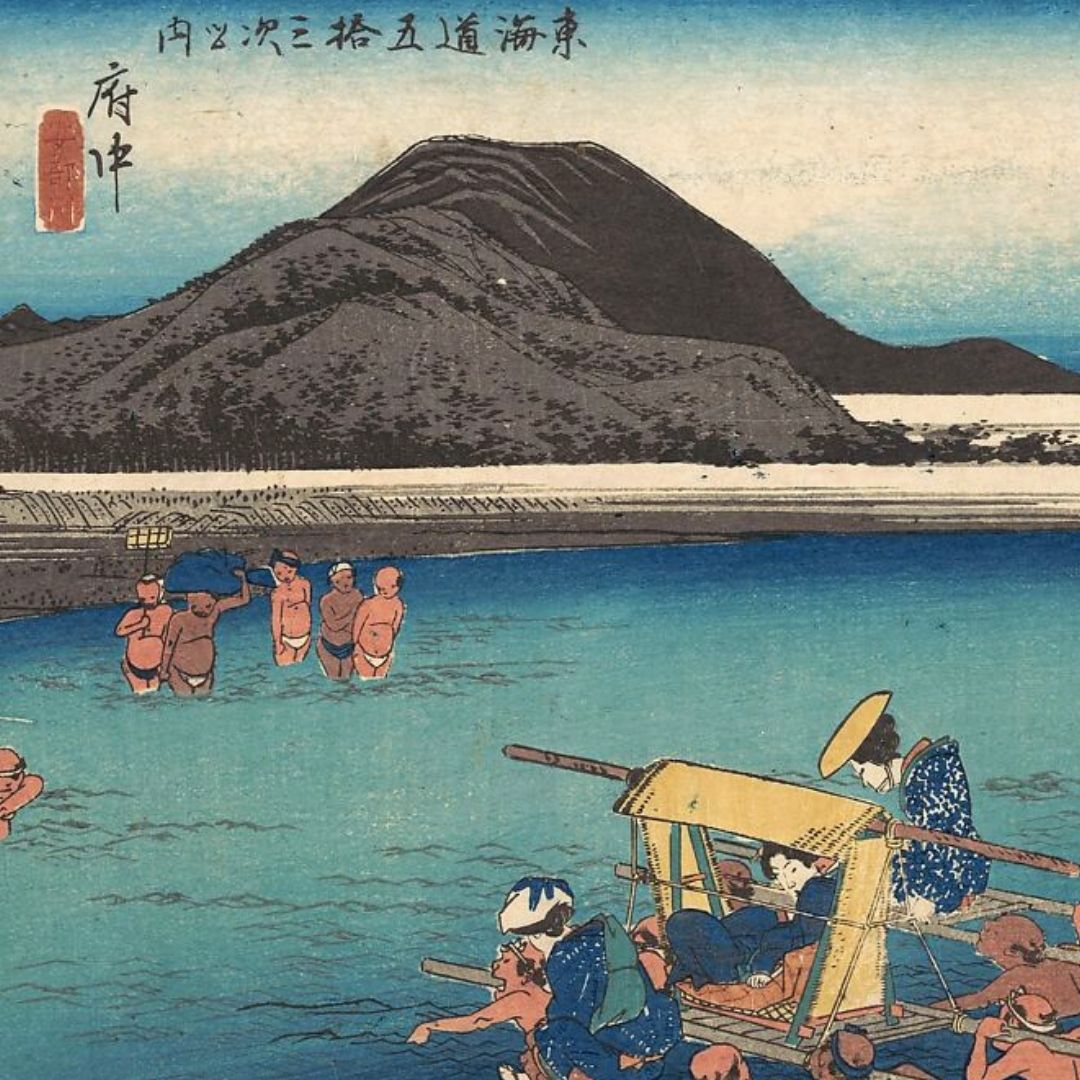
Utagawa Hiroshige secured his place on the podium of printmaking masters with his “Fifty-Three Stations of the Tokaido” series created around 1833 , which brought him sudden and immediate fame. In these prints, the artist depicts the 53 stations along the route from Edo to Kyoto . This work is often compared to Katsushika Hokusai… Read more
